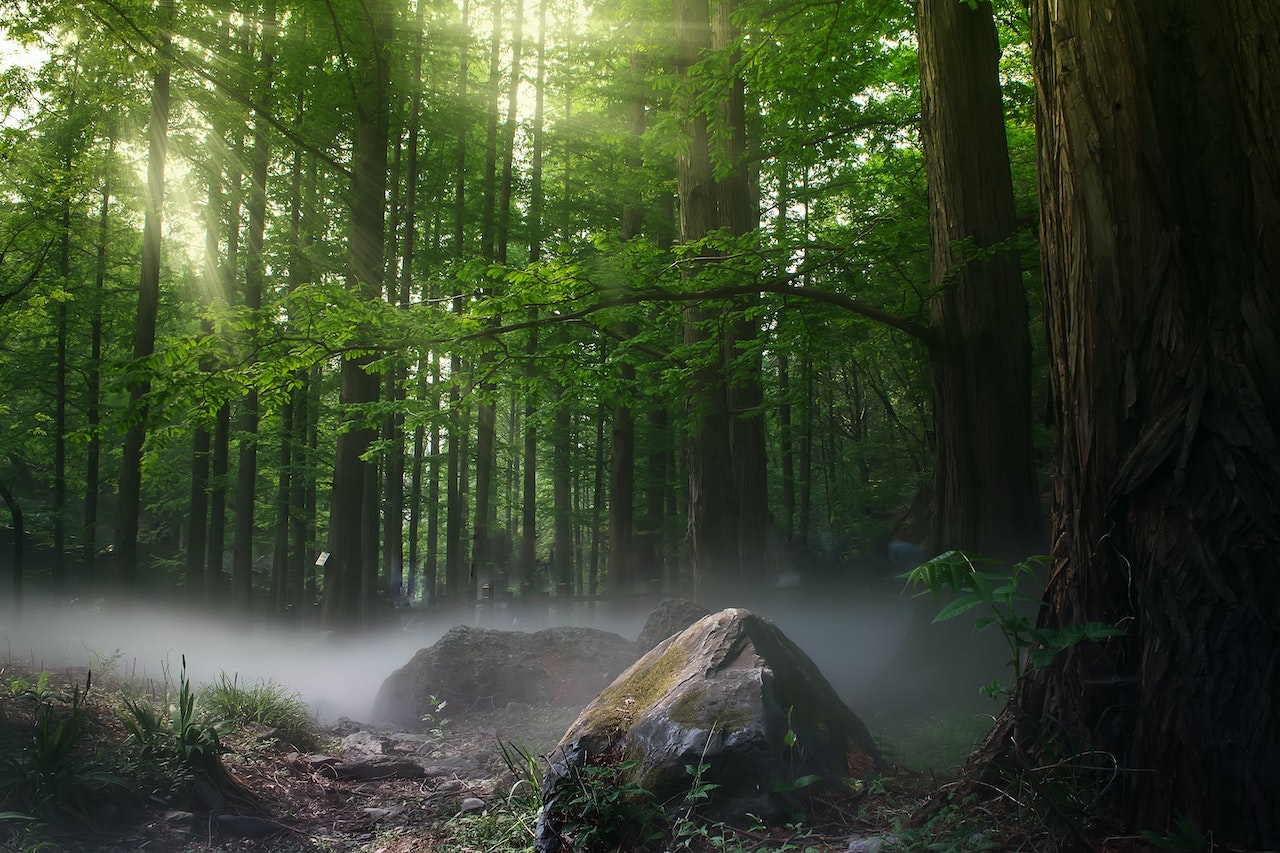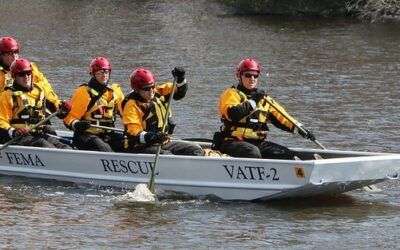This post was originally published on Healthy Forest
President Trump’s recent Executive Orders on domestic timber production, followed by USDA Secretary Brooke Rollins’s memo declaring an “Emergency Situation Determination” on over 112 million acres of National Forest land, have sparked a national conversation about the future of our forests.
Supporters see this as a long-overdue effort to fix a broken system. Critics call it “emergency theater.” But is it extreme?
The Forest Service manages 193 million acres of forests and grasslands across the U.S., yet only 35 percent of that land is available for timber production. The other 65 percent is designated for non-timber uses, like wilderness and conservation areas.
Even on lands where timber work is allowed, only one-half of one percent is harvested each year. Meanwhile, forest mortality—tree death from insects, disease, overcrowding, and wildfire—has exceeded timber harvest for the past 20 years. In fact, many forests are now dying faster than they’re growing.
This isn’t sustainable—environmentally or economically. These neglected forests are fueling more intense wildfires, threatening wildlife habitat, drinking water, and communities.
But red tape is slowing solutions. On average, it takes the Forest Service 3.6 years to complete environmental paperwork before starting critical projects like thinning or prescribed burns. If a more detailed analysis is needed, that timeline jumps to 5.3 years. All the while, trees continue to die, fuel loads build up, and fire risks grow worse.
Secretary Rollins’ order calls for a 25 percent increase in federal timber production over the next four to five years. That’s not radical—that’s modest. Based on current harvest levels, a 25 percent increase in timber would be less than what was sold during the first Trump Administration.
Right now, the Forest Service sells about 2.9 billion board feet of timber each year, enough to frame 175,000 homes. If the agency fully implemented its forest plans, it could sell enough timber to build more than 385,000 homes annually.
On many federal forests in California, Oregon, and Washington, a 25 percent increase in timber harvests would still fall short of the levels federal agencies are already authorized—and expected—to meet under the Northwest Forest Plan.
Opponents argue that boosting harvests would harm forests. But nothing in the Secretarial Memo or Executive Orders changes the rules for protected areas. Designated wilderness and roadless areas remain off-limits. And many of the tools referenced in the USDA memo—like prioritizing salvage, streamlining reviews, and building up “shelf-stock” of ready-to-go projects—are steps the agency already uses or should be using more consistently.
The challenge isn’t whether we can responsibly manage forests—it’s whether we’ll allow it to happen. The Forest Service is one of the most heavily litigated agencies in the federal government. Lawsuits have delayed or blocked many science-based projects meant to reduce wildfire risks and improve forest health. That’s not protecting forests—that’s setting them up to burn.
We can do better. America needs wood. Our forests need care. Our rural communities need jobs. The question isn’t whether we should harvest trees—but where our wood should come from. Should it come from neglected U.S. forests that need thinning? Or from overseas, where logging often ignores environmental and labor standards?
The choice is clear. It’s time to restore balance and start managing our forests again.
Source: Healthy Forest





0 Comments